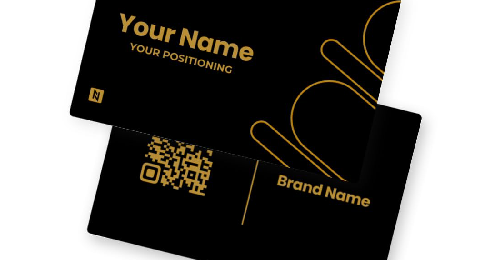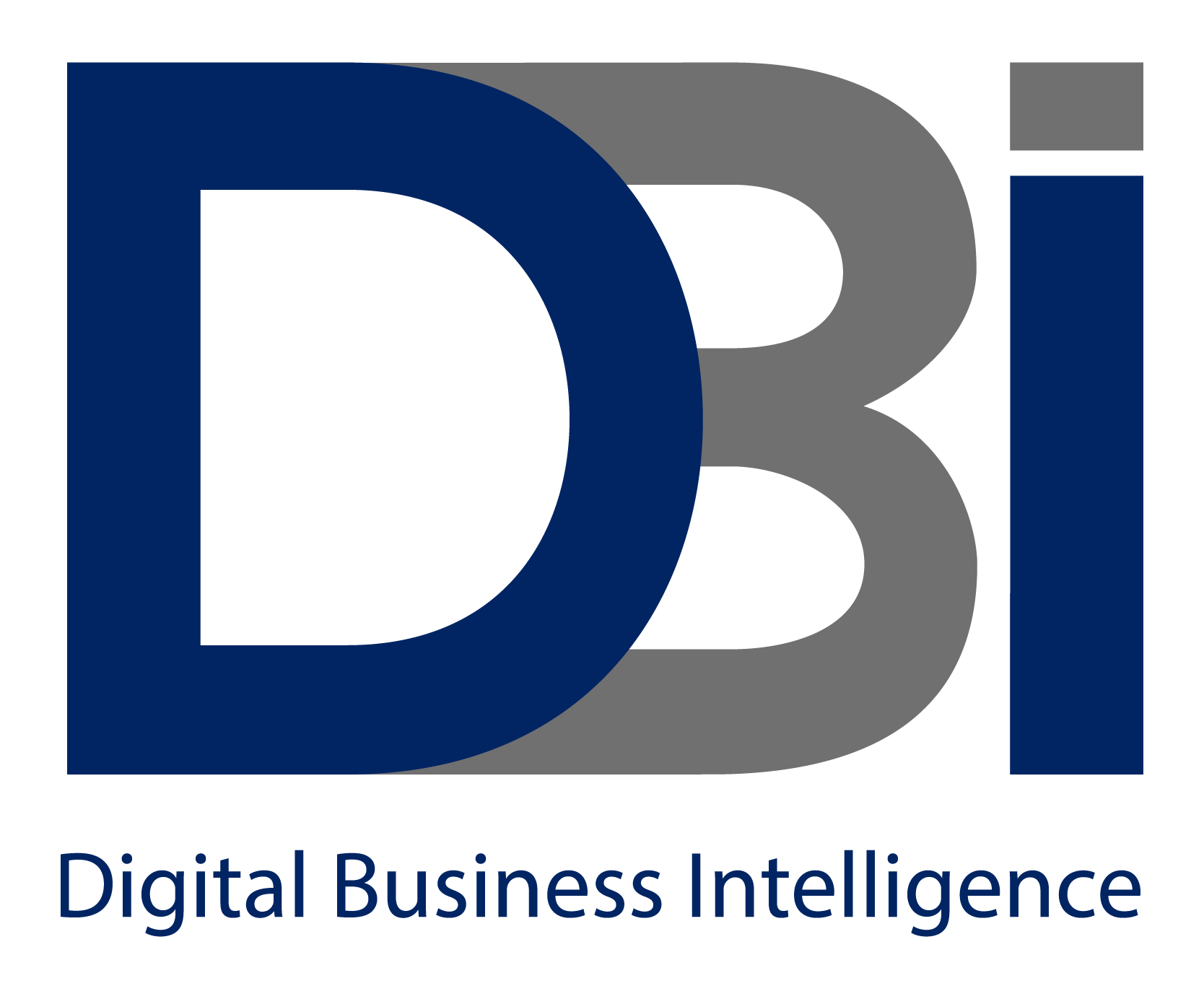Regularly evaluate Google ad extensions to ensure you’re taking advantage of all accessible options, including these.
Ad extensions improve your search engine results visibility.
Image Extensions, Structured Snippets, Price Extensions, and Call Extensions are examples of how they can aid.
Ad extensions are not all created equal, and they serve a variety of marketing reasons.
Ad extensions can help you increase your visibility in the search results and improve the performance of your ads, whether you’re using Google Ads or Microsoft Ads.
Even with the new RSA format, ad extensions enable additional or more complex message that doesn’t fit in the original ad copy.
This is a once-in-a-lifetime opportunity.
Image Extensions
Image extensions can be found all around the world.
In recent years, the visual experience of consumers when browsing products and services online has become more important.
Image extensions make it easier to make a more visually appealing search ad that will captivate potential buyers.
These extensions make your search ad more relevant by integrating photographs of your items or services.
Image extensions are available for both desktop and mobile devices.
These aren’t banner advertising, thus they have to meet certain standards in terms of content, quality, and so on.
You upload images that will be served alongside ad text.
Another alternative is to employ Dynamic image extensions, which pick the most relevant images from the landing page of your ad and embed them into your ad.
Images from landing pages will be incorporated as ad extensions in your campaigns once you’ve enabled this option.
To start using dynamic image extensions, go to your account’s Extensions tab and select Add dynamic image extensions.
It’s not a problem if you don’t have any images.
Stock pictures can be used to make image extensions.
You can now choose from a variety of Google-provided stock photos. Select Stock Images from the drop-down box under Image Options.
After that, pick the image you believe is best appropriate for your ad.
Structured Snippets
They include a list of specific features and benefits of your product or service.
Because there is a predetermined “header” for values and you don’t need landing pages because they don’t link to the website, it is one of the easiest ad extensions to construct.
There is a “header” for each snippets extension, such as:
- Amenities.
- Brands.
- Destinations.
- programs that lead to a degree.
- Courses.
- Hotels that have been highlighted.
- Insurance protection.
- Neighborhoods.
- Catalogs of services.
- Models.
- Show.
- Styles.
- Types.
After picking the heading, fill in the values for amenities, such as “free WiFi” or “pool.”
On both systems, these extensions appear regularly.
This easy ad extension can offer value by providing more information to the searcher and distinguishing your ad from competitors who do not use it.
Price Extensions
Price extensions are a terrific option for advertisers that don’t have product feeds but want to showcase products and services with price points but don’t have them.
Price extensions appear below the primary ad text in the search results and can help bring more attention to the ad as well as drive to more detailed content on the advertiser’s website.
Per price extension, a minimum of three and a maximum of eight items or cards can be added.
A searcher can then scroll through and click on items individually to view.
Similar to the structured snippets, Google has predefined types of price extensions:
- Brands.
- Events.
- Locations.
- Neighborhoods.
- Product categories.
- Product tiers.
- Service categories.
- Service tiers.
- Services.
Each card contains a 25-character header and description that show above and below the price.
A price qualifier is another option available to the marketer.
“From,” “up to,” and “average” are used for products or services that don’t have a single price point.
“Monday Dinner Specials from $35,” for example.
These extensions can be applied to an account, a campaign, or an ad group.
Adding more detailed items to the ad group level is a fantastic area to tailor more detailed stuff to a subgroup.
“European holidays” vs. “French vacations,” for example.
These ad extensions can be set up with a start and end date, as well as specific hourly scheduling.
Call Extensions
With call extensions, your adverts are served with a phone number that redirects to the legitimate phone number.
Because mobile has become the primary device for many searchers, they are still quite important as an ad approach.
Advertisers who have hitherto shunned call extensions should reconsider.
Using the PPC platform’s forwarding numbers will reveal call information, call conversions, and vital search data on how people are discovering the phone number, in addition to connecting searchers directly with the business through phone calls.
What if I told you that?
You can enable call recording and receive recorded phone calls from Google advertisements for 30 days.
A phone call can be counted as a conversion if the caller is on the phone for more than a certain amount of time.
For closing calls, the number of seconds should be determined based on each company’s unique phone habit.
If call lengths are frequently falling below this level, or if numerous calls are being missed, it’s time to consider a few basic optimization ideas:
Are there too many “wrong” numbers arriving? This could be due to different business names or competitors triggering the ad based on keywords. Check the search terms and ask the customer service representatives what they’ve been hearing from callers. Negative keywords can be used with these terms.
Too many unanswered phone calls? Make sure the ad is only running during business hours when someone will be available to take the call. This may mean, for example, avoiding displaying advertising during lunchtime.
Calls from physical areas that your company does not serve? It’s usually only a matter of fine-tuning and retargeting to improve accuracy. It may, however, provide an opportunity to discover more about these callers as well as the existing market need.
Bonus: Automated Extensions + Manual Ad Extensions
When you choose automatic extensions, Google Ads will construct extensions on your behalf and display them with your ad if they’re projected to improve your results.
These automatically generated extensions will now be displayed alongside their manually developed counterparts.
Google Ads is releasing numerous new features that make managing sitelinks, callouts, and structured snippets easier.
You can include site links, callouts, and structured snippets at the ad group, campaign, or account level when creating them.
This makes reviewing and managing the extensions that Google Ads develops on your behalf a breeze.
Look for “Automatically produced” extensions in the table view of the Extensions page to discover which automated extensions are displayed with your advertising.
Final Thoughts
With additional visibility and targeted message, ad extensions can help you rise above the competition in search results.
It’s critical to examine and audit ad extensions regularly (at least quarterly) to ensure you’re learning about new opportunities and revisiting existing ones.








